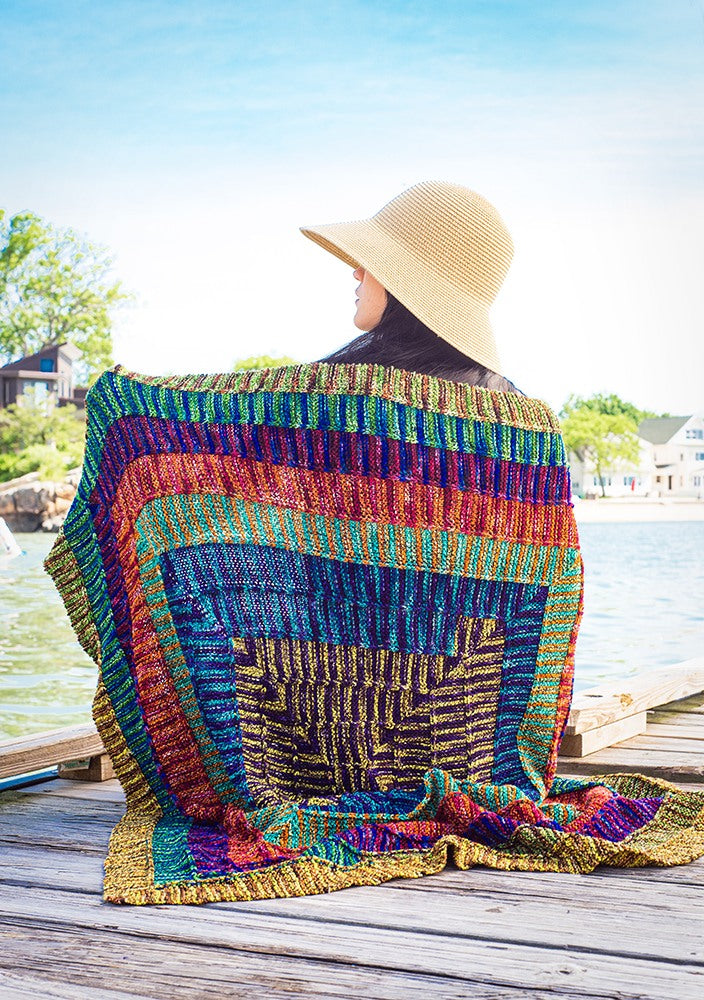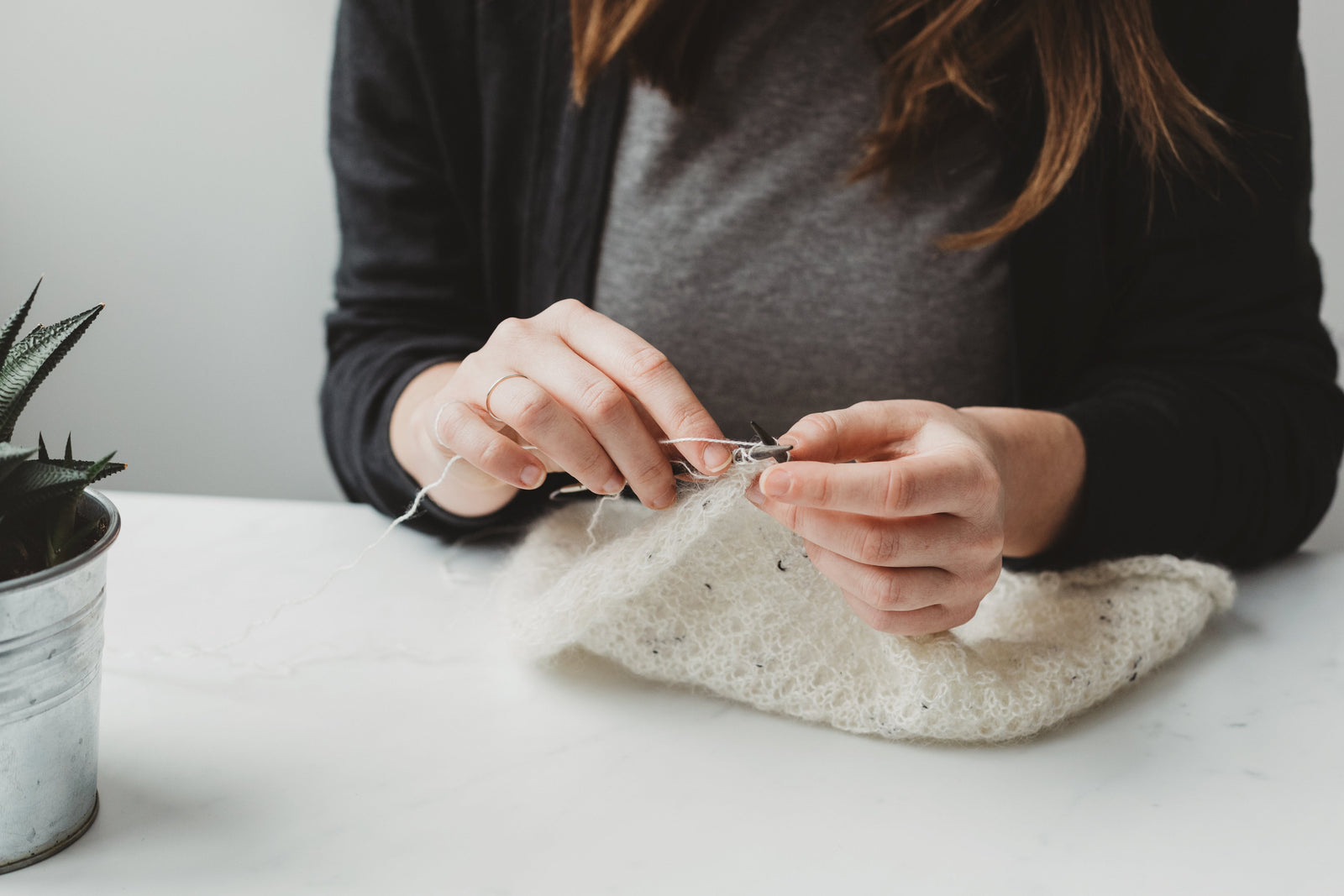Your Cart is Empty
50% OFF SITEWIDE - just add to cart to see savings in checkout - ALL SALES FINAL
One thing is certain when it comes to the art of hand dyeing - nothing is certain.
No matter how much you try to control each and every part of the process with the utmost precision, the random laws of physics will always find their way in.
What this means for you is that, despite even the most painstaking attention to detail and super-specific sourcing, the same colorway will appear different on different bases—fibers, weights, plies, and textures—because they each take the dye differently.

We knew when we started our lives as artistic indie-dyers fourteen years ago that we would be facing an uphill battle when it came to consistency. Our knitters like predictability. That's extremely understandable! And yet, art, by its very nature, is a reconciliation between the desire to be unique and to deliver on expectation. The fact is, various materials and mediums will create varied results, and what we do is indeed a form of art.

When it comes to the art of hand-dyeing, we need to look closely at the reason certain colours behave the way they do.
The following factors affect colour as you see it on yarns:
*water temperature
*length of time in water
*who is dyeing the yarn
*dye to dye interactions
*dye uptake
*where the colour is applied on the skein
*ambient temperature
*dye variance (the dyes we use have dye lots/batch #s)
*yarn base composition
*yarn plies
*concentration of acid
The same colour applied to different bases can vary widely.
Here in our dye studio, we meticulously write out colour formulas for all our repeatable colours so we can do our best trying to recreate your favourite colour.
We also employ various techniques to apply these colours and also keep track of every step we take during the application process.
Yet, yarn has a personality of its own, and as a result, our desire to completely control colour is subjected to this tendency each time we put our hands in the pots.
Not all yarn is the same, nor are the sheep it comes from.
When we decided to switch from one supplier to our current supplier in Italy, we had to rewrite basically every formula due to the change in the base. That is but one example of variability in applying colour which is responsible for the uniqueness of every skein you purchase from us.
To illustrate this point, we had one of our dyers in the studio dye these skeins at the same time with the exact same technique and colours. As you can see, every single base expresses the colour slightly differently than the others did.
Enter the dye room.
Some days are warmer or colder than others, and ambient temperature always affects any chemical reaction when it comes to hand dyeing.
The dye must bond with the protein molecule of the merino, and temperature affects this reaction, whether it’s the temperature surrounding the yarn itself or the climate within the water where the bond is being created.
Acidity is also another consideration—the levels of acidity in the water will have an effect on the reaction between the yarn and the dye.
There's also the human component of colour creation.
Despite all the steps we take (the ones we outlined earlier) to make sure there’s as much consistency as possible,, the “human” factor always comes into play, and so does the nature of the canvas we are using.
In our studio, we have several dyers. When you factor in all the nuances of the “colour cook” for that day, your colour will vary yet again.
The little additives our colour-cooks add to the pot make our colours delicious. Like a chef in the kitchen, though, no two chefs will ever follow the exact same recipe the exact same way down to the last drop of oil or dash of salt. So, let’s consider who is dyeing your yarn.

The unpredictability of colour, uniqueness, and artistic expression can all play a part in the differing nature of your skeins, but one thing we know is that each and every skein is made with the care as the next.
It is never rushed, looked over, or created with less love and attention than the others,
We hope you will keep all these variables in mind and wholly embrace the artistic nature of hand dyed yarns when you find yourself staring down slightly differing colors on different bases.



